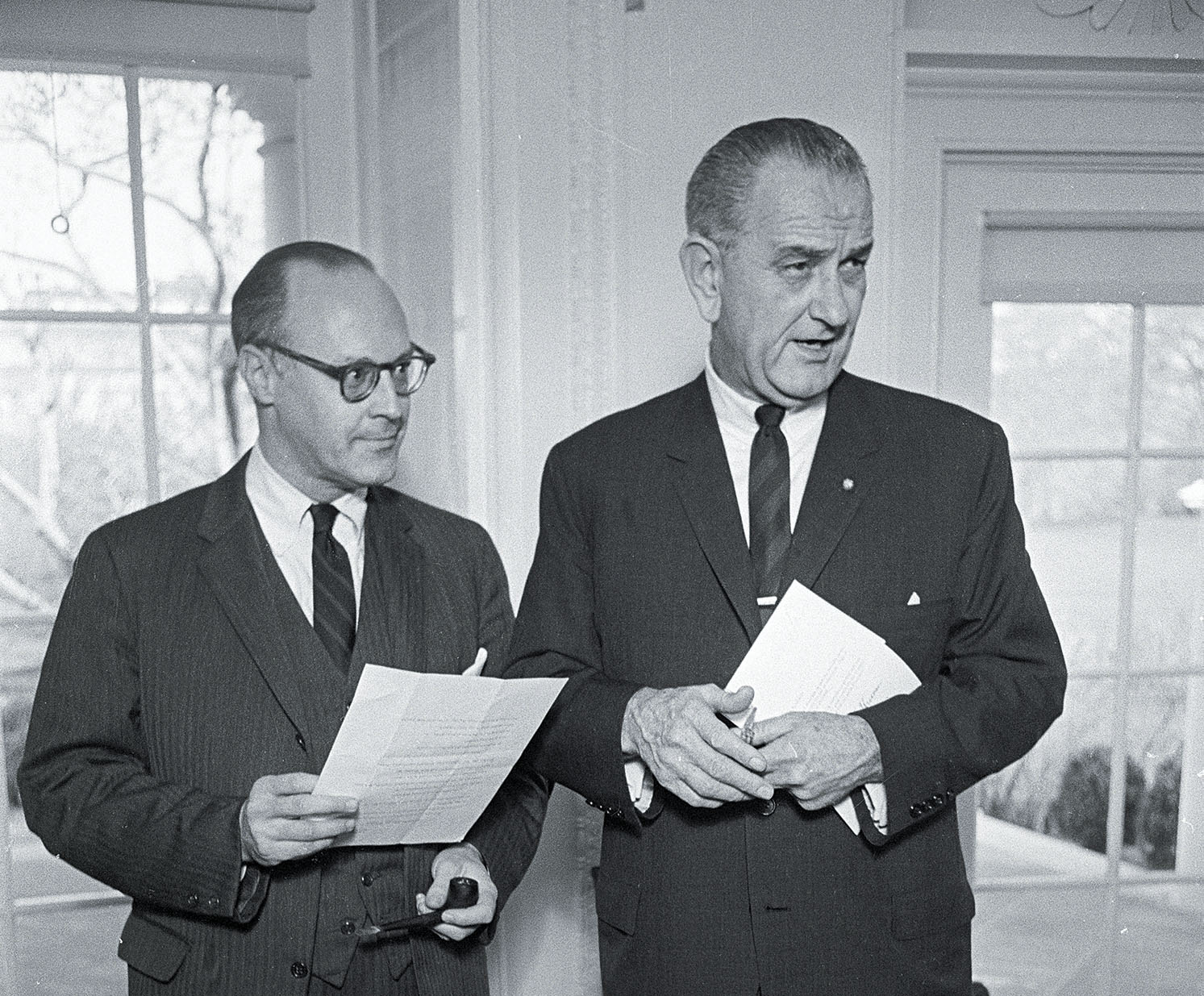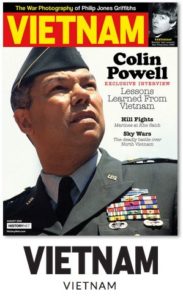A series examining contentious issues of the Vietnam War
In June 1967, Robert Komer, a former top aide to President Lyndon B. Johnson, was in Vietnam to initiate a CIA-inspired plan to round up Viet Cong leaders in an operation that became known as the Phoenix Program—one of the most misunderstood aspects of the war.
Komer worked for Military Assistance Command, Vietnam, as director of the Civil Operations and Revolutionary Development Support program, or CORDS—a “pacification” effort to gain the support of the South Vietnamese population through civic improvements, enhanced security and aggressive action to neutralize (kill, capture or persuade to defect) Viet Cong agents who ran shadow communist governments in thousands of hamlets and towns.
The task was difficult. Most underground agents, formally the Viet Cong Infrastructure, possessed government identity papers (real or forged), used aliases and did not carry evidence of their affiliation in public.
Komer’s initiative, originally called the Intelligence Coordination and Exploitation program, initially worked informally with the South Vietnamese. ICEX set up intelligence centers at the district and province level where U.S. and South Vietnamese officials shared information. The goal was to capture the secret communist agents so the pacification program could succeed.
President Nguyen Van Thieu signed a decree in December 1967 formalizing the government’s role in ICEX. The name was changed to Phoenix on the MACV side and Phung Hoang, a mythical bird similar to the phoenix, on the South Vietnamese side. Phung Hoang incorporated existing efforts to neutralize the Viet Cong Infrastructure and included representatives from the National Police, Special Branch Police, National Police Field Force, Chieu Hoi amnesty program, Revolutionary Development office, Military Security Service, South Vietnamese army and Provincial Reconnaissance Units.
Phoenix/Phung Hoang was largely a South Vietnamese effort assisted by MACV and the CIA, which played a limited role in the field because it did not have the manpower MACV could provide. The agency’s greatest contribution was funding and supervising the Provincial Reconnaissance Units, manned by about 5,000 experienced fighters whose primary mission was capturing Viet Cong agents. The PRUs sometimes killed their targets, or killed the wrong target, but the chief aim was to gather intelligence—a dead target provided no information.
The Phoenix Program neutralized some 80,000 members of the Viet Cong Infrastructure between 1968 and 1972, according to the CIA. About a third of those were killed. Of course, there is no way to prove all were Viet Cong agents. Some certainly were not.
The CIA played a surprisingly hands-off role in managing the PRUs. South Vietnamese officers led the provincial teams. Most U.S. advisers came from MACV. The CIA began withdrawing its operatives from the PRUs and Phoenix in 1969 as it turned to more strategic intelligence concerns. Although the PRU effort was at times brutal and inexact, it was far from an assassination program and represented only a small part of the South Vietnamese-driven Phoenix/Phung Hoang program. V
Dr. Erik Villard is a Vietnam War specialist at the U.S. Army Center of Military History at Fort McNair in Washington D.C.
This article appeared in the October 2021 issue of Vietnam magazine. For more stories, subscribe and visit us on Facebook:






